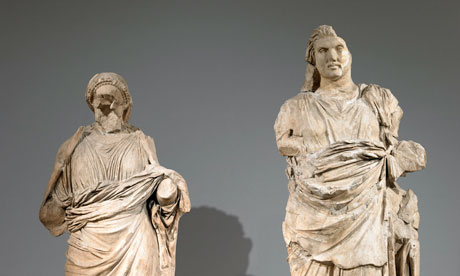Para quem está no Brasil! Seminários de Pesquisa em Pós-Graduação - Ciência e Conservação Contemporânea - na Escola de Belas Artes, UFMG. Por favor divulguem!
17 dezembro
Abertura - Maurílio Rocha- 9.30-9.40
Luiz Souza - 9.40-10.10
Marcos Hill - 10.10-10.40
Renata Peters (Desafios da conservação contemporânea) - 10.40-11.40
17 dezembro
Abertura - Maurílio Rocha- 9.30-9.40
Luiz Souza - 9.40-10.10
Marcos Hill - 10.10-10.40
Renata Peters (Desafios da conservação contemporânea) - 10.40-11.40
18 de dezembro
Abertura - Yacy-Ara Froner 9.30-9.40
Antônio Gilberto (REDE UFMG) - 9.40 - 10.10
Renata Peters - (Projetos multi-disciplinares, Finding the Fallen - Conservação e a Primeira Guerra Mundial)10.10- 11.10
19 de dezembro
Abertura - Vídeo do Xingu - 9.30-10.00
Renata Peters - Projectos participativos - Os Khipu de San Cristobal de Rapaz - 10.00 - 11.00
Realização ARCHE e LACICOR, SPPG-EBA UFMG
Apoio PPGA EBA, PRG-UFMG
www.eba.ufmg.br/sppgrad
Abertura - Yacy-Ara Froner 9.30-9.40
Antônio Gilberto (REDE UFMG) - 9.40 - 10.10
Renata Peters - (Projetos multi-disciplinares, Finding the Fallen - Conservação e a Primeira Guerra Mundial)10.10- 11.10
19 de dezembro
Abertura - Vídeo do Xingu - 9.30-10.00
Renata Peters - Projectos participativos - Os Khipu de San Cristobal de Rapaz - 10.00 - 11.00
Realização ARCHE e LACICOR, SPPG-EBA UFMG
Apoio PPGA EBA, PRG-UFMG
www.eba.ufmg.br/sppgrad








